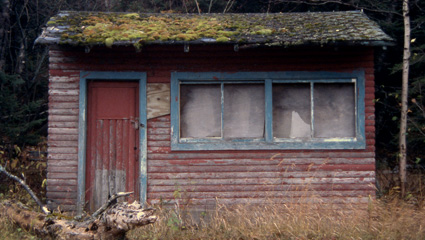Forgive me for recommending a film that has already been in circulation for some time. My queue is a little congested, keeping me even more behind the times than I usually am.
Lars and the Real Girl is a movie well worth your time. It’s your basic story of an introverted young bachelor in a small Wisconsin town who buys a life-sized sex doll named Bianca on the Internet.
Wait–trust me–it’s not what you think. Lars isn’t looking for sex but for contact, contact with himself and with an other. His history has left him so scarred that he is almost entirely unable to be in touch with other people, either physically or emotionally. Benignly delusional, he delicately treats Bianca as a real human being. After some hilarious scenes early on, as we and everyone else discover just how serious Lars is about Bianca, those around him–his family, coworkers, and fellow churchgoers–enter into his narrative, and Bianca becomes real.
The plastic doll assists not just Lars but the entire community of which she becomes a part. Bianca becomes, as one character says, “a lesson in courage.” But she is really a reflection of the town’s courage, and Lars’s. I treasure this beautifully made film because it portrays something we rarely see: authentic community. Bianca becomes the occasion for a community to care for one of its wounded and vulnerable members. People live out truth with Lars instead of bludgeoning him with it. The community’s motive is not a banal virtue of tolerance, and its method is not condescension. The love shown to Lars and Bianca is authentic, because it becomes the means by which the community tends to these two and also the means by which the community remains open to being changed in the process.

